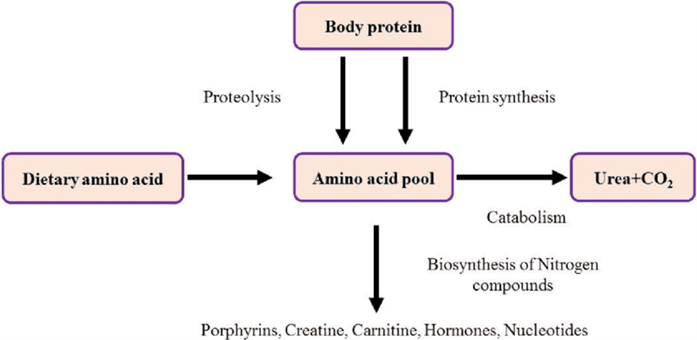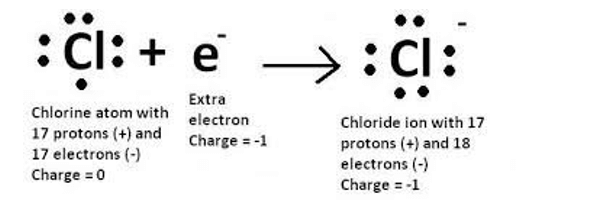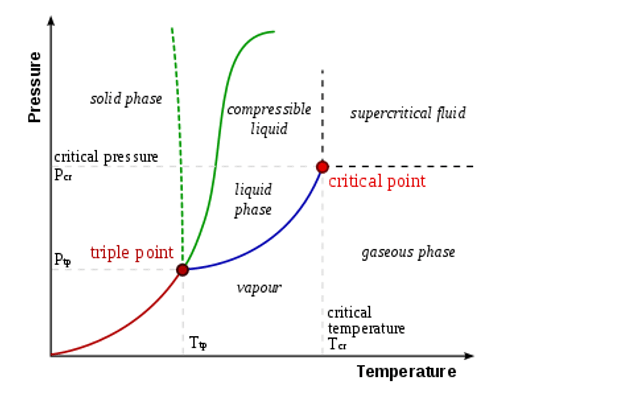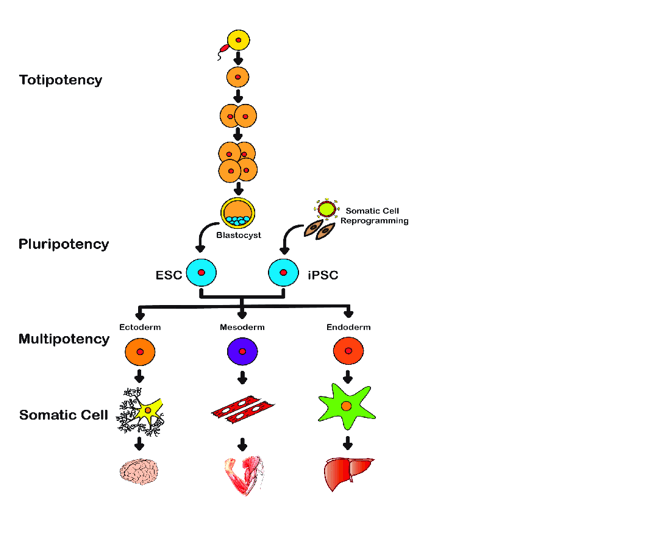Which of the following substances is excreted by sweat glands in response to the breakdown of proteins and the formation of ammonia?
A. Lysozymes
B. Urea
C. Water
D. Sebum
Urea is a waste product that is formed when proteins are broken down in the body. It is excreted by the kidneys in urine, but small amounts can also be excreted by sweat glands in sweat.
The other options are not substances that are excreted by sweat glands in response to the breakdown of proteins and the formation of ammonia. Lysozymes are enzymes that break down bacterial cell walls, water is a component of sweat but is not specifically related to protein breakdown, and sebum is an oily substance produced by sebaceous glands to lubricate the skin.

Therefore, the Correct Answer is B.





